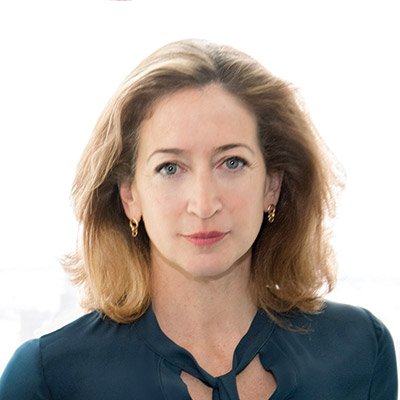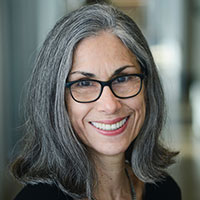Good Design Is Good Business 2014
21c Museum Hotels by Deborah Berke Partners
Bentonville, Arkansas; Cincinnati, Ohio; and Louisville, Kentucky
Read More
Copyright ©2024. All Rights Reserved BNP Media.
Design, CMS, Hosting & Web Development :: ePublishing


